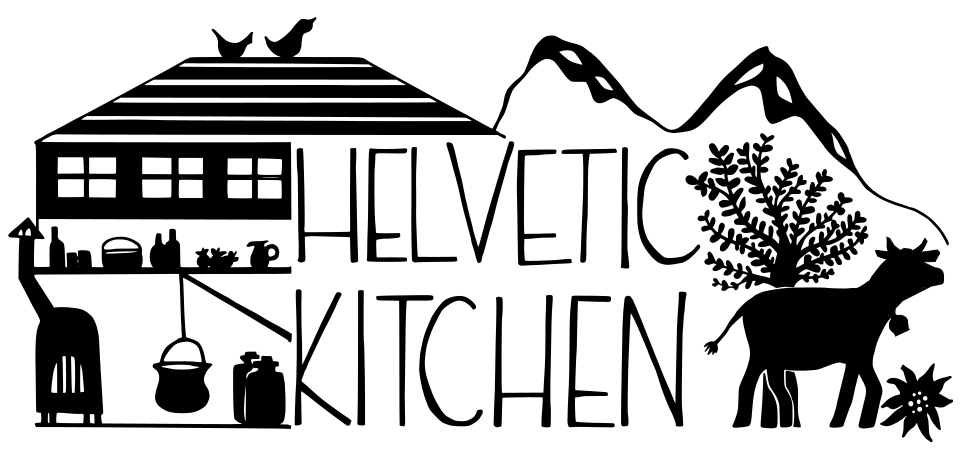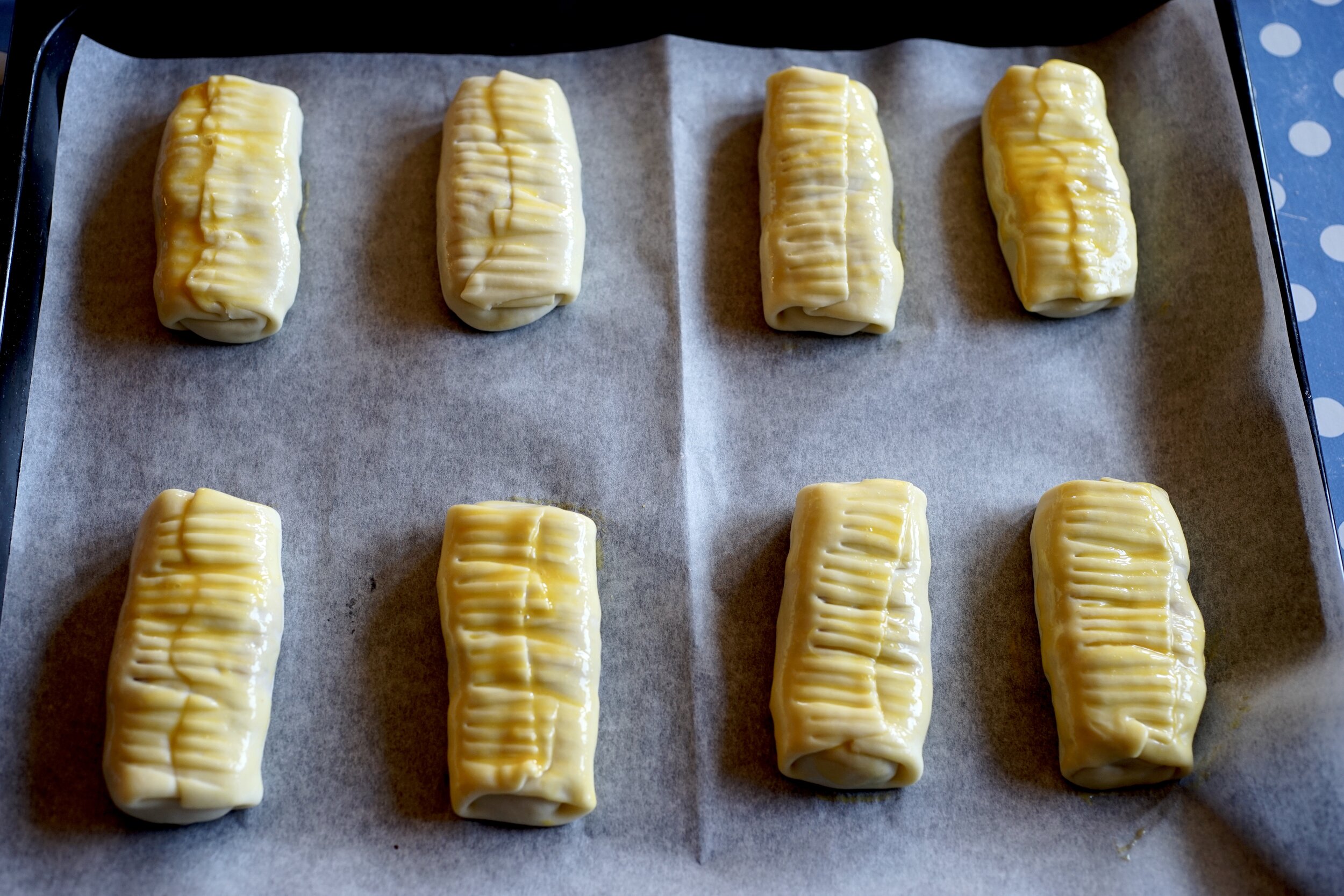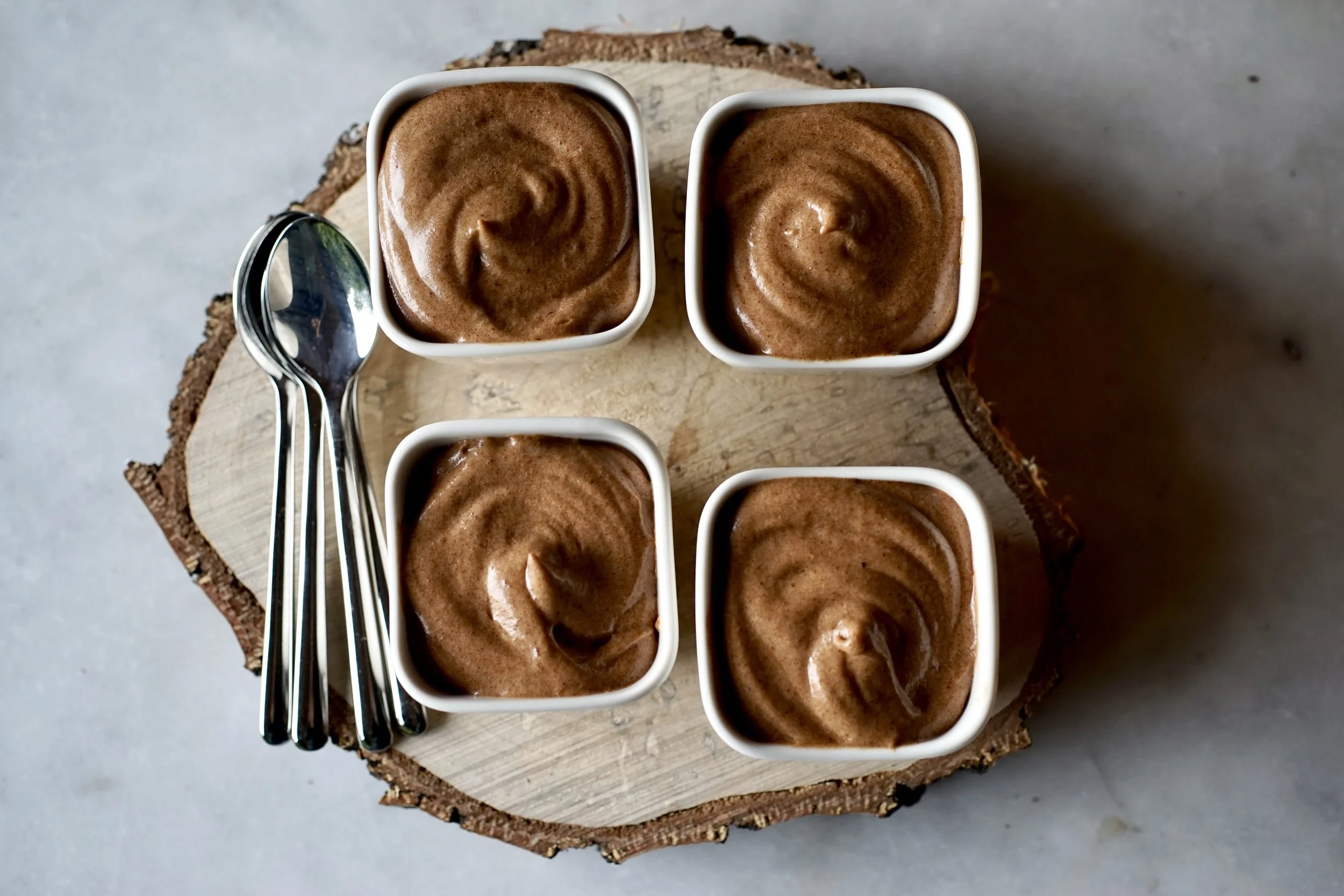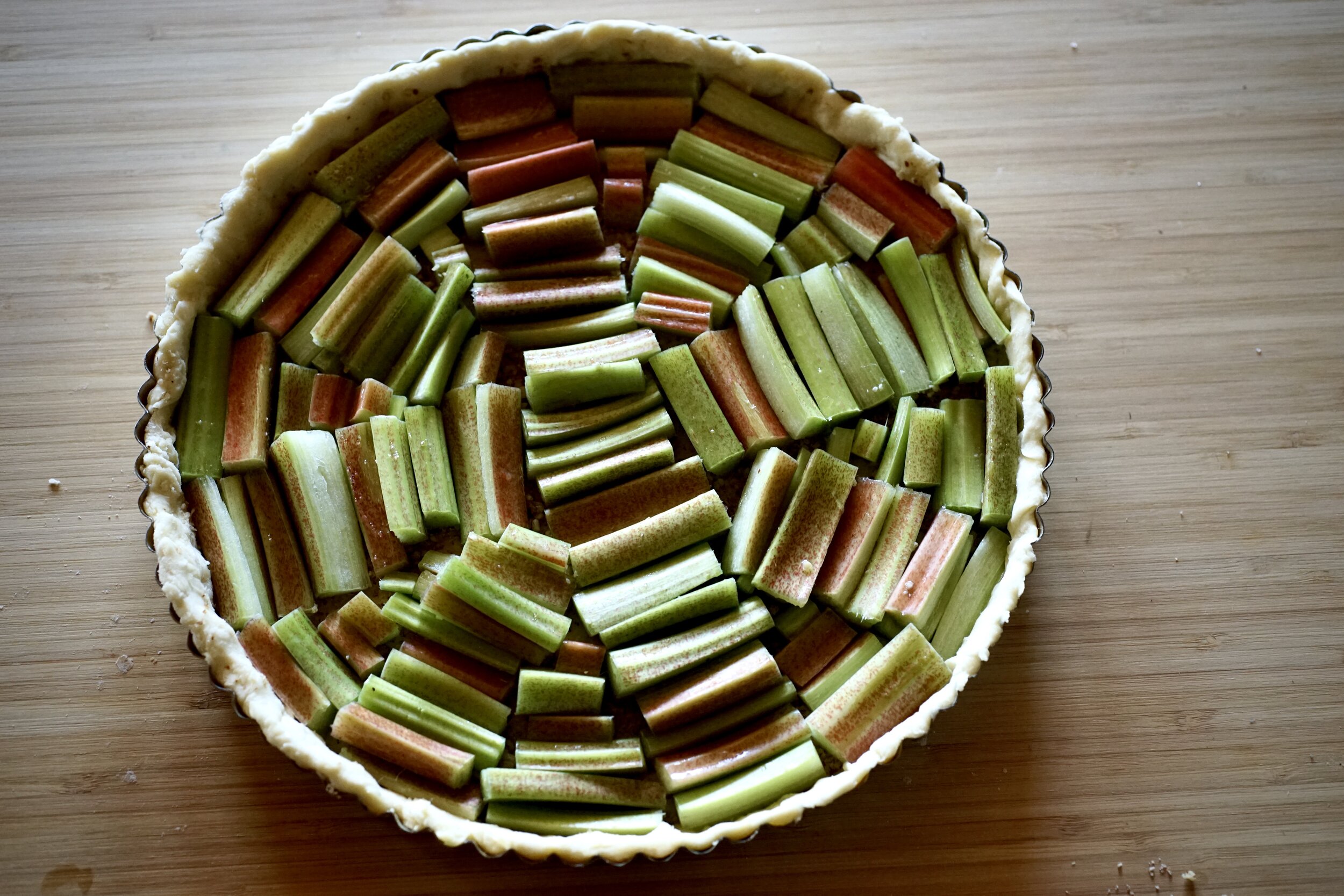Wurstweggen
Available at every Swiss gas station and bakery throughout the country, these sausage rolls are a favourite quick lunch for manual labourers and students (and everyone else).
According to the Kulinarisches Erbe, Wurstweggen were first mentioned in 1863, with an accompaniment still common today, Kopfsalat (green salad).
Fillings have varied immensely over time, with some sweetening their rolls with raisins and apples, and other keeping it purely meat.
Like Schinkengipfeli and Wienerli im Teig (their meaty cousins in similarly flaky casing), Wurstweggen are a definite hit when served at home.
I add finely ground Brät (more below) to my Wurstweggen, but if you can’t get your hands on it, you could add sausage meat (discarding the casing), or some more ground meat. Alternatively, do what Lamiacucina does and put everything through a Fleischwolf (meat grinder, literally ‘meat wolf’) to get an extra fine consistency.
(As a side note, my friend and brain scientist Dr Richard McKinley later had this to say about the Fleischwolf: “I wondered if Fleischwolf really was named after wolves: often the etymology of these things doesn’t line up with our expectations. But according to Duden it really is “Meat Wolf”, “nach der Vorstellung des reißenden, gierig fressenden Tieres.”” Amazing.)
2 packages puff pastry (around 640 g)
500 g ground pork
200 g Brät or pork sausage
1 small apple, grated (about 4 tbsp)
handful of fresh herbs (sage, thyme, oregano), chopped
zest of one lemon
salt and pepper
1 egg, separated
Preheat oven to 200 C / 400 F / gas mark 6.
In a large bowl, mix together the ground meat, Brät, apple, herbs, lemon zest, salt and pepper. Set aside.
Roll out your puff pastry and cut each sheet into 8 rectangles (16 in total).
Place a thick, finger-sized roll of sausage filling in the middle of each rectangle. Brush the edge of each rectangle with egg white, then roll them into a little package, sealing with the press of a fork.
Place them on parchment-lined baking trays and brush with the egg yolk.
Bake for about 30 minutes, or until golden.
Brät is typically translated as sausage meat, or forcemeat and is made from veal (Kalbs-) or pork (Schweins-). Basically, highly processed (ground) meat (the veal variant is so finely ground that it’s almost a paste). You can ask for it directly from the butcher, or sometimes it is sold in packages in the meat section, near the ground beef. If you don’t have it, simply use the inside of a sausage, or just replace with more ground pork.
I like to make a lot of these and have some left over (this recipe makes 16), but feel free to halve it if that suits you better.
Meaty and flaky
Schinkengipfeli















